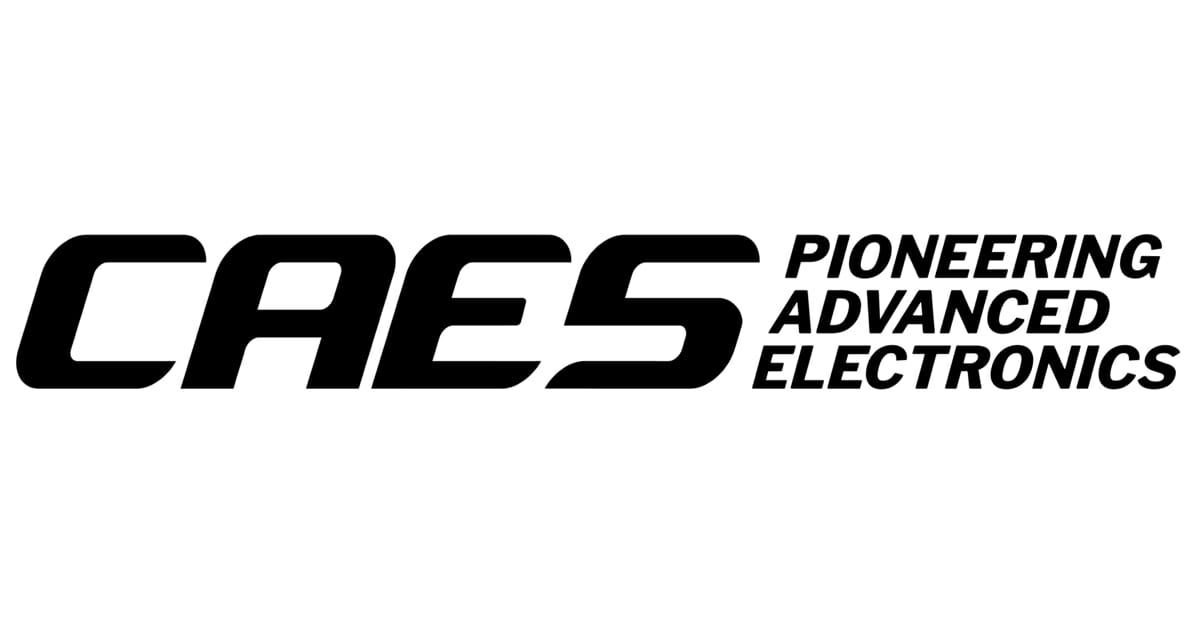
Introduction to Radiation Effects Presentation Video
Watch Presentation Video Introduction to Radiation Effects Presentation Video Outside Earth’s atmosphere is a harsh environment full of radiation. Radiation

Watch Presentation Video Introduction to Radiation Effects Presentation Video Outside Earth’s atmosphere is a harsh environment full of radiation. Radiation

Watch a Previous Conference Presentation Small Sats 2020 Presentation on An Introduction to Radiation Effects Watch Now This presentation by

Radiation Test Solutions acquires Cobham Rad, Inc. to expand its testing and analysis support to the growing commercial space industry.